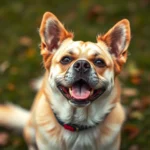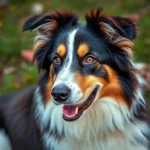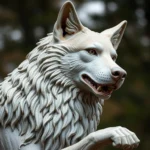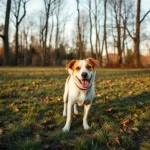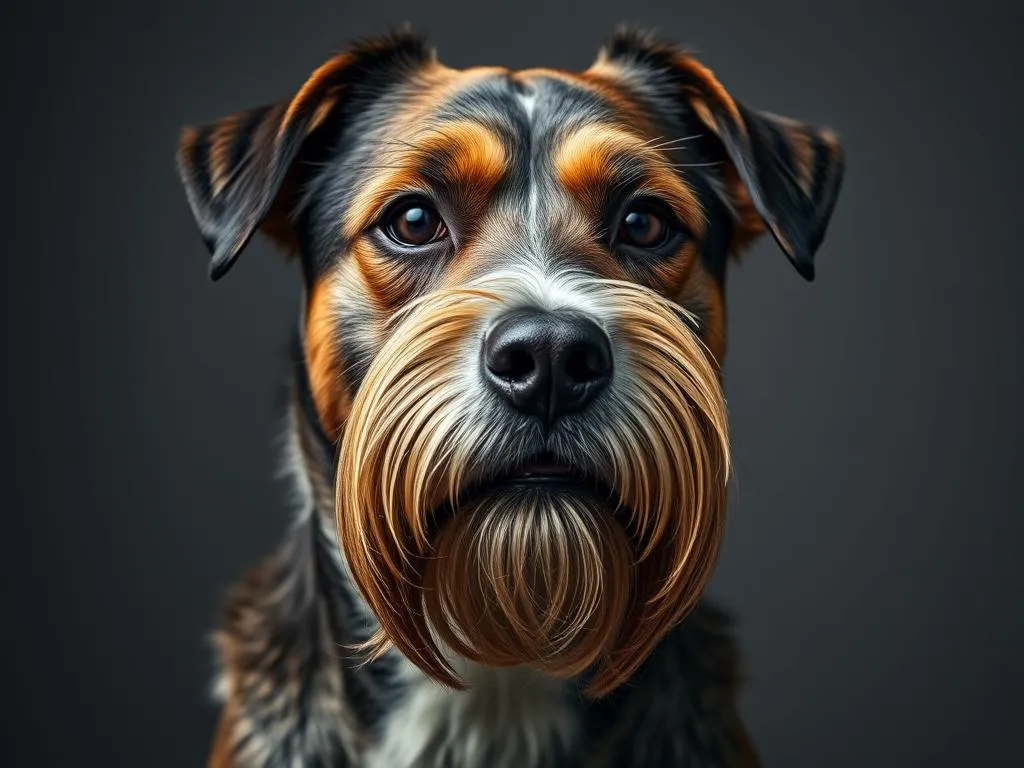
When it comes to selecting a furry companion, many pet owners are drawn to dog breeds with unique facial features. Among the most captivating are dog breeds with beards and mustaches. These charming characteristics not only enhance a dog’s aesthetic appeal but also often reflect their personality traits. In this article, we will delve into various breeds known for their facial hair, explore their care needs, and discuss their suitability as pets.
Understanding Dog Breeds with Facial Hair
Definition of Bearded and Mustached Breeds
When we talk about bearded and mustached dog breeds, we refer to specific breeds that showcase distinctive facial hair. A “beard” typically refers to the hair that grows on the chin and jaw area, while a “mustache” denotes the hair that grows above the mouth, often giving a dog a dapper appearance. Breeds like the Bearded Collie and Schnauzer are prime examples of dogs adorned with such charming features.
Historical Context
The evolution of facial hair in certain breeds can be traced back to their original purposes. For instance, many of the dog breeds with beards and mustaches were developed for working roles such as hunting, herding, or guarding. The facial hair not only provided a unique look but also served functional purposes, like protecting their faces from the elements or assisting in their tasks. Understanding this historical context adds to the appreciation of these breeds.
Popular Dog Breeds with Beards
Bearded Collie
The Bearded Collie is a delightful breed that hails from Scotland. With its long, flowing coat and distinctive beard, this breed has a playful and energetic disposition. Bearded Collies are known for their intelligence and can be easily trained, making them excellent companions for families. They require regular grooming to maintain their beautiful coat, which can become matted if neglected.
Schnauzer (Miniature, Standard, and Giant)
The Schnauzer is a versatile breed that comes in three sizes: Miniature, Standard, and Giant. Each size boasts a unique set of characteristics but shares the iconic beard and mustache. Schnauzers are known for their spirited and affectionate nature. Regular grooming is essential to keep their facial hair looking sharp and healthy. These dogs thrive on exercise and require daily walks or playtime to expend their energy.
Scottish Terrier
The Scottish Terrier, often affectionately called the “Scottie,” is a small breed with a robust build and a distinctive beard. Originating from Scotland, this breed has a confident and independent personality. Scotties require regular grooming to maintain their wiry coat, and their beards should be kept tidy to prevent matting. Socialization from a young age is crucial for Scotties to ensure they develop into well-rounded pets.
Brussels Griffon
The Brussels Griffon is a small dog with a big personality. This breed is known for its expressive face, complete with a charming beard and mustache. Brussels Griffons are affectionate, intelligent, and can adapt well to various living situations, whether in an apartment or a house with a yard. Their grooming needs are specific; regular brushing is necessary to keep their facial hair looking its best.
Airedale Terrier
As the largest of the terrier breeds, the Airedale Terrier is known for its distinctive beard and strong, sturdy build. These dogs were originally bred for hunting and have a spirited nature. Airedales are highly trainable and require regular grooming to maintain their coat and beard. They have a playful demeanor and need ample exercise to stay happy and healthy.
Care and Grooming for Bearded Breeds
General Grooming Tips
Regular grooming is vital for maintaining both the health and appearance of dog breeds with beards and mustaches. These breeds often have coats that can become tangled or matted if not properly cared for. Grooming tools such as slicker brushes, combs, and clippers are essential for keeping their facial hair and overall coat in optimal condition.
Managing Facial Hair
Keeping the beards and mustaches of these breeds clean and tidy requires attention to detail. Regular trimming of the beard can prevent food debris from accumulating, leading to cleanliness and health. Additionally, using a damp cloth to wipe their faces after meals can help maintain their appearance. Avoid common grooming mistakes like over-trimming, which can lead to uneven facial hair.
Bathing and Skincare
Bathing frequency can vary based on the breed and lifestyle of the dog. Generally, bearded breeds should be bathed every 4-6 weeks. Special care should be taken with their skin, as some breeds may be prone to skin conditions. Using a gentle, dog-specific shampoo can help maintain their skin health while ensuring their facial hair remains soft and manageable.
Temperament and Training
Understanding Behavior Traits
Dog breeds with beards and mustaches often share common behavioral traits. Many of these breeds are known for their playful nature and high intelligence. They enjoy social interaction and can be quite affectionate with their families. However, some breeds may exhibit independent streaks, necessitating consistent training and socialization.
Training Tips
Training these breeds can be rewarding but requires patience and consistency. Positive reinforcement methods, such as treats and praise, work effectively. Early socialization is crucial to help them develop good manners and reduce any potential behavioral issues. Obedience training is also essential, especially for breeds that have a tendency to be headstrong.
Exercise Requirements
Each breed has specific exercise needs that should be met to keep them healthy and happy. For example, Bearded Collies and Airedales thrive on vigorous play and outdoor activities, while smaller breeds like the Brussels Griffon may be satisfied with shorter walks and play sessions. Understanding these requirements will help ensure that your furry friend stays fit and mentally stimulated.
Health Considerations
Common Health Issues
While many dog breeds with beards and mustaches are generally healthy, they can be prone to specific health issues. Conditions such as hip dysplasia, eye problems, and skin allergies may affect some breeds. Regular vet check-ups are essential to catch any health concerns early and to keep vaccinations up to date.
Preventive Care
Preventive care is an essential aspect of maintaining the health of these breeds. A balanced diet tailored to their nutritional needs, regular exercise, and routine vet visits can help prevent many health issues. Additionally, maintaining good dental hygiene is crucial, as dental problems can be common in certain breeds.
Choosing the Right Bearded Breed for Your Lifestyle
Assessing Your Lifestyle
Choosing a dog breed involves careful consideration of your lifestyle. Questions such as your activity level, living situation, and family dynamics should guide your decision. For instance, active individuals may prefer breeds like the Bearded Collie, while those in smaller living spaces might find the Brussels Griffon more suitable.
Adoption vs. Breeding
When considering adding a dog breeds with beards and mustaches to your family, think about whether to adopt from a shelter or purchase from a breeder. Adoption can be a fulfilling option, providing a home for a dog in need. However, if you choose to buy from a breeder, ensure they are reputable and prioritize the health and well-being of their dogs.
Conclusion
The charm and appeal of dog breeds with beards and mustaches are undeniable. Their unique features often reflect their playful personalities and intelligence. As potential dog owners consider these breeds, it’s essential to appreciate their grooming needs, temperaments, and health considerations. Ultimately, responsible dog ownership and thoughtful breed selection will lead to a rewarding companionship for years to come.


